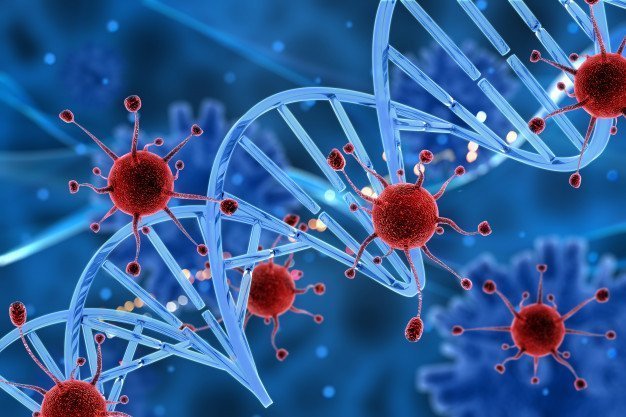
New ‘Aussie flu’ pandemic warning
Even though the flu is often underestimated by many, an expert warned that a new strain might kill around 33 million people in its first 200 days.
Experts started warning others after studying the dangerous outbreak sweep across the U.S. and the U.K. during the northern hemisphere’s winter that has killed several people this year.
Daily Telegraph reported that one of the unusual deadly strains of the flu emerged in Australia in 2017, which is why it has been labeled as the ‘Aussie Flu.’ Its scientific name is H3N2 and it was revealed that it is stronger than previous strains.
The H3N2 is more resistant to the current flu vaccine people have, it has been spreading rapidly, and it is particularly deadly to older people.

Source: Freepik
Source: Freepik
Both the ‘Aussie Flu’ and the ‘Japanese Flu,’ a different strain, have caused more than 40% of the flu-related deaths in the U.S. and U.K. Doctors have claimed it is the most ‘diabolic potential viral killer known to humankind.’
Dr. Jonathan Quick took his time to warn people pointing out that, since it is very hard to control and it spreads fast, it could lead to starvation, medicine supplies running low, malfunctioning of energy systems, the collapse of the global economy, and so on.
‘The most likely culprit will be a new and unprecedentedly deadly mutation of the influenza virus. The conditions are right, it could happen tomorrow.’
Dr. Jonathan Quick, Daily Telegraph, March 7, 2018.
Later, Quick admitted there were some aspects that should be done to prevent this flu to keep growing. The most crucial thing he said was to develop a universal flu vaccine, which is been created by the University of California.
Professor Robert Dingwall, another flu expert, declared that there was nothing much people can do to stop it moving around the planet as it could be caught just by walking next to an infected person who sneezed a couple of seconds before.
Personal hygiene measures, like not touching contaminated surface before taking the hands to the mouths and washing them regularly, might be slightly helpful, though.
